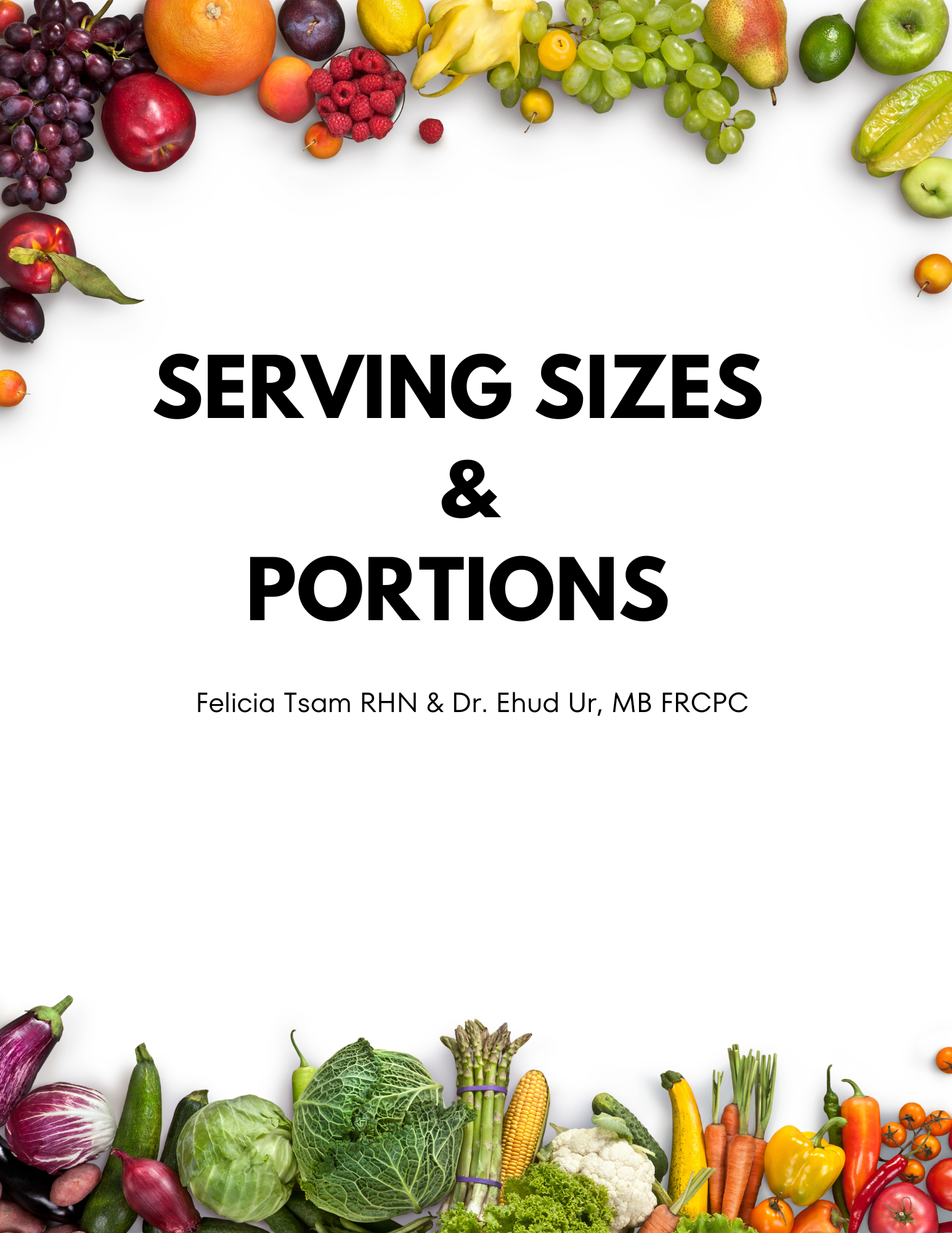Germans Getting Heavier? Blame the Robots (and the Pastries)
Once upon a time, in a land known currently for its pretzels and schnitzel, Germany was the land of the fermented vegetables and whole grains. Because Germanys growing season is limited, people stored, fermented and preserved foods out of necessity. They cultivated early forms of wheat, barley, and pasture land for livestock. Sheep, cows, and goats were used for milk, butter, and cheese and occasionally meat products, which were served most often during feasts. Meat products were not part of their daily diet simply because they were unable to keep vast numbers of animals alive during the off season. Fruit trees, grape Ines, oats and rye were also added as agricultural methods became more sophisticated.
As you can imagine, obesity would have been rare in these times. The rates of obesity and overweight have been increasing exponentially over the last 3 decades. In the 1990, the rate of obesity was about 12%. This almost doubled in 2015 t0 23.6%. According to self-reported data from 2019-2020, about 46.6% of women and 60.5% of men in Germany are affected by overweight or obesity (Overweight (defined as BMI ≥ 25 kg/m2) and obesity (defined as BMI ≥ 30 kg/m2))
So, what’s happening in Deutschland? Have the hearty appetites of the German people suddenly skyrocketed? Not exactly.
It’s more complex than simply blaming schnitzel and beer. The issue lies in a discrepancy between energy intake and energy expenditure. While Germans continue to enjoy their delectable dishes, they’re not moving around as much as they used to. Machines have taken over physical tasks, and the average Joe (or Johann) opts for the car or train instead of a brisk walk.
The Sedentary Trap: From Walking to Waddling
Over the past four decades, everyday physical activity has sharply declined. Gone are the days when manual labor and daily chores kept calories in check. Nowadays, everything from mowing the lawn to vacuuming the house is often done by machines. Even walking seems to be going out of style, replaced by more sedentary modes of transport.
There’s also the matter of constant food availability. People are eating during their three main meals and snacking more often throughout the day. And it’s not just apples and bananas. No, it’s pastries and high-calorie treats filling the gaps between meals. Ten years ago, 55% of people enjoyed a hot meal daily; now it’s down to 45%. Reaching for a quick snack is much more appealing than sitting down for a proper meal.
The Ignored Satiety Signals: Who Has Time to Feel Full?
The problem with all this snacking is that it typically happens on the side. If you’re not focusing on the food while eating but doing other things simultaneously, it’s easy to overlook internal signals of hunger and satiety. Instead, external signals, like whether the plate or package is empty, take over. This means more calories consumed overall, especially since snacks are rarely low-calorie options.
“But what about dinner"?!”
Nutrition research indicates that individuals with obesity respond more strongly to external stimuli and have a disrupted sense of satiety. Babies eat and drink entirely according to internal signals, stopping when they’re full. However, throughout life, these internal stimuli get overwritten by external signals, such as family mealtimes or workplace lunchtimes. We’ve all been conditioned to believe that we need 3 square meals a day even if we aren’t necessarily hungry. Those with obesity often counteract their internal signals of hunger and satiety, resulting in a complete disconnect from their natural cues.
Intuitive Eating
Eating according to biological hunger doesn’t automatically protect against obesity, though. Even in obesity centers, some patients with a body mass index of 40 have always eaten according to their internal signals. The key to healthy eating lies in acquiring the ability to control food decisions, including the flexibility to let things slide sometimes.
Behavioral Therapy: Relearning How to Eat
Behavioral therapy that helps people relearn to listen to their internal signals is crucial. The behavior that needs changing must first be made visible to be changeable. This doesn’t automatically mean eating more mindfully, but it’s the first step.
Following this step, further actions like stimulus control are necessary. This includes rearranging the living environment to avoid constant exposure to high-calorie snacks and preparing healthy meals and snacks. A high frequency of repetition is needed for this actively controlled behavior to become a habit. Since psychotherapy appointments are scarce, digital behavioral therapies could be an alternative. The data on digital psychotherapy are promising, although app-based therapies aren’t quite as effective as traditional face-to-face therapy.
Complexity Hinders Change: More Than Just Reading Labels
Measures to change eating behaviour often fail to yield the hoped-for success due to the complexity of the issue. Current literature, expert consultations, and instruments for dealing with complexity have led to the development of a “cause-and-effect” model reflecting eating behaviour. This model shows cause-and-effect chains, feedback loops, multi-causality, and side effects. Analyses based on the model can improve understanding of eating behaviour and help identify starting points for changing food consumption.
Promoting desired eating behaviour through nutrition information alone is rarely successful. It’s not enough to read the information on the package; one must also find, understand, evaluate, and apply that information. THIS is why we wrote the Serving Sizes and Portions guide. Especially in complex consumer societies, individual responsibility and self-directed living can be overwhelming. A multitude of options, information overload, and high personal and societal expectations contribute to this sense of being overwhelmed. Distorted risk perception also plays a role, as people are confronted daily with abstract and diverse, often distorted, risks in their eating decisions.
Obesity Prevention: Moving More, Snacking Less
Successful obesity prevention goes beyond the individual and requires policy makers and city planners to take part in the discussion. Good infrastructure for pedestrian and cycling paths, promoting health by encouraging physical activity in everyday life, reducing the cost of fruits, vegetables, whole grains, beans and legumes and offering nutrition education and food prep in classrooms from a young age. Limiting screen time and addressing the sedentary lifestyle are also important. Standing, walking, and moving around are better for weight and health than sitting. In terms of nutrition, reducing calorie consumption can be achieved by focusing on liquid calories. Sodas, juices, and alcoholic drinks are high in calories but don’t make you feel full, contributing significantly to daily calorie intake. Smoothies (with protein powder) and whole food soups are the exception to the rule.
Community catering in daycare centers, schools, cafeterias, and company cafeterias should adhere to quality standards with more nuts, legumes, whole grains, and vegetables. Ensuring that eating situations are pleasant and appreciated by children can positively influence their food preferences.
Good Nutrition Education: Shaping a Sustainable Future
The way we eat and produce food influences both human health and the planet. Proper nutrition can significantly contribute to a more sustainable future. To shape this transformation, nutrition education is essential. Recommendations for forward-thinking nutrition education include incorporating it into the general education curriculum, making it part of training for all educational professionals, developing a quality assurance system for nutrition education, strengthening independent communication centers for nutrition issues, and enacting political measures to foster sustainable food environments.
While this post may be about Germany specifically, the same can be said for many developed countries. Overweight and obesity rates are climbing globally and we as individuals need to push our governments to do something about it.
VOTE!
Vote for a Party interested in subsidizing famers who feed people, not animals.
Vote for a Party who isn’t going to let the meat and dairy industries influence health policy.
Vote for a party who is interested in universal healthcare because then your government is incentivized to keep you healthy.
And don’t forget to vote everyday with your dollar - opting for more healthy, plant based and whole foods, leaving the pop, candy, chips and fried foods behind.




